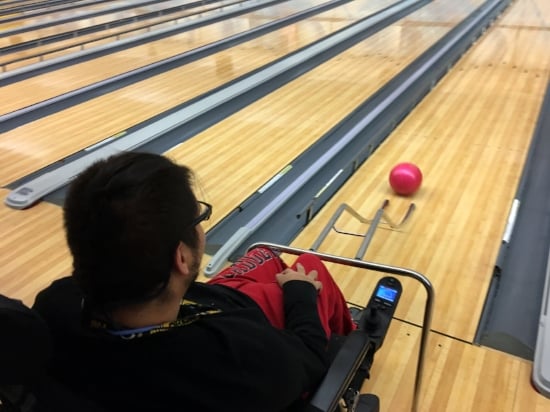 According to an annual survey conducted by the US Census Bureau, people with disabilities make up 12.8% of the US population. This percentage is likely to grow as the US population ages, since the older people get, the higher the rate of disability increases. Still, even with physical limitations affecting such a large part of the population, most existing and new housing structures lack the basic accessibility features differently abled people require. That is, of course, unless the current occupant has a disability.
According to an annual survey conducted by the US Census Bureau, people with disabilities make up 12.8% of the US population. This percentage is likely to grow as the US population ages, since the older people get, the higher the rate of disability increases. Still, even with physical limitations affecting such a large part of the population, most existing and new housing structures lack the basic accessibility features differently abled people require. That is, of course, unless the current occupant has a disability.
Continue reading Accessible Architecture: What Makes a Disability-Friendly Home?

